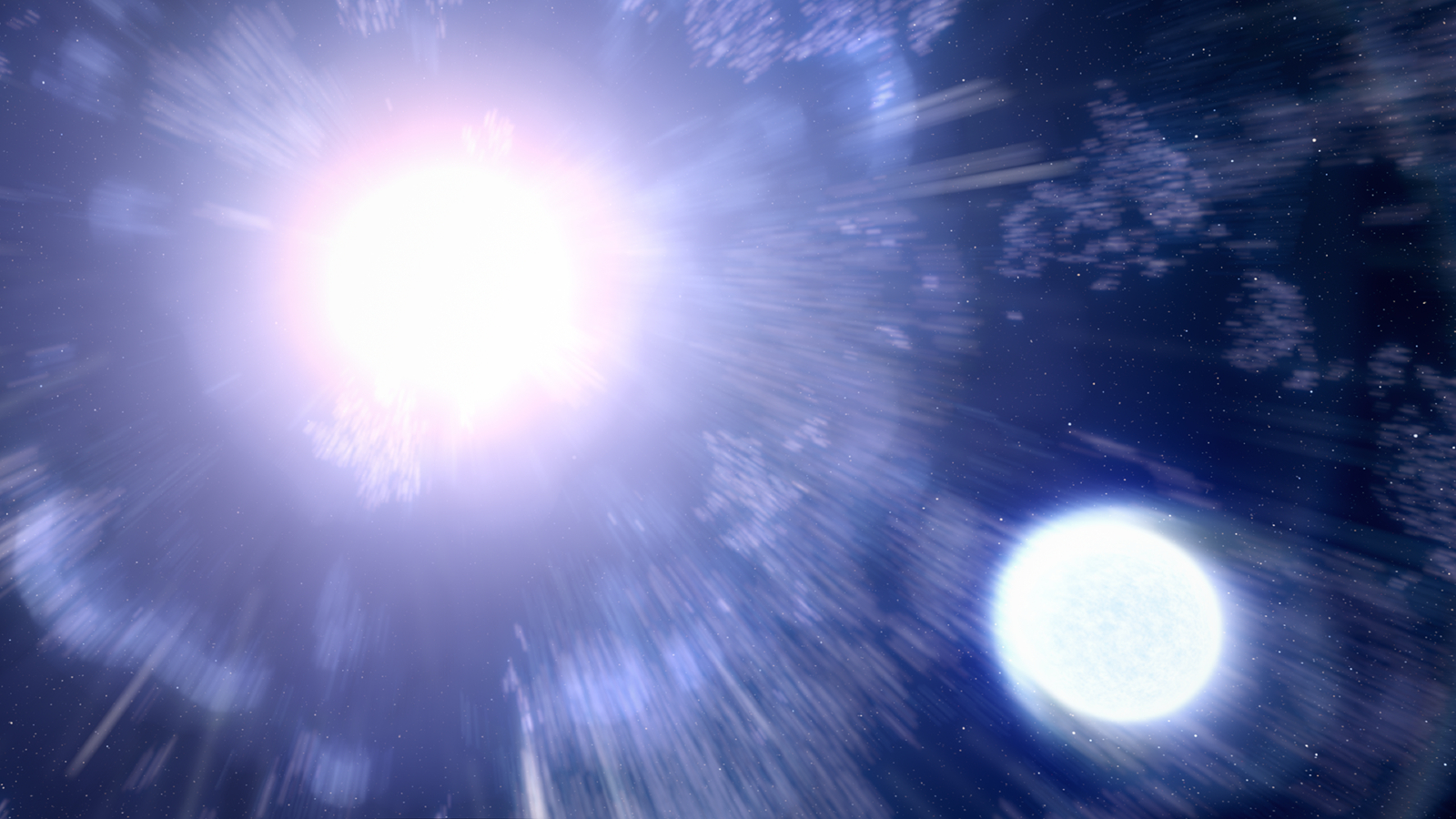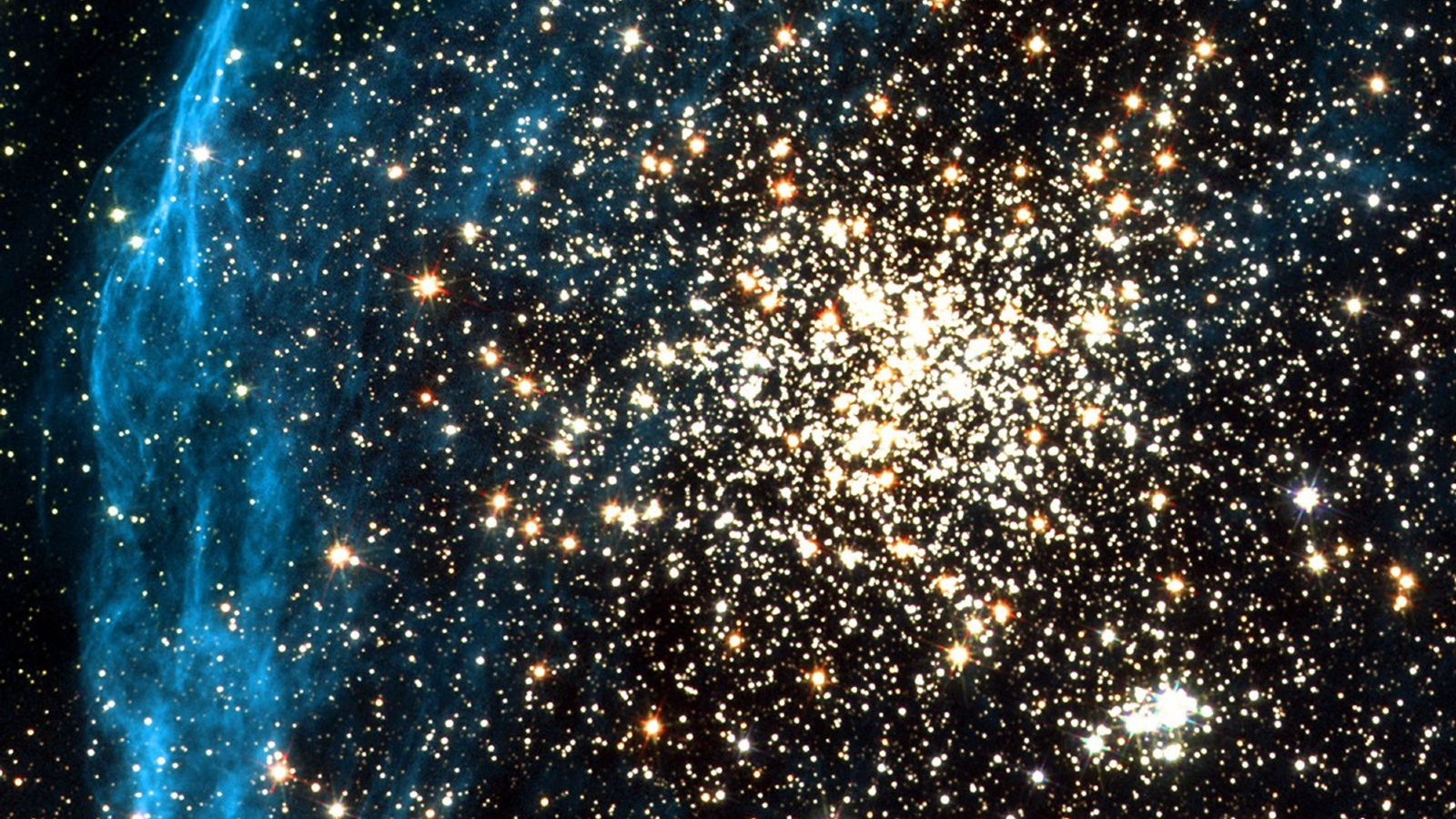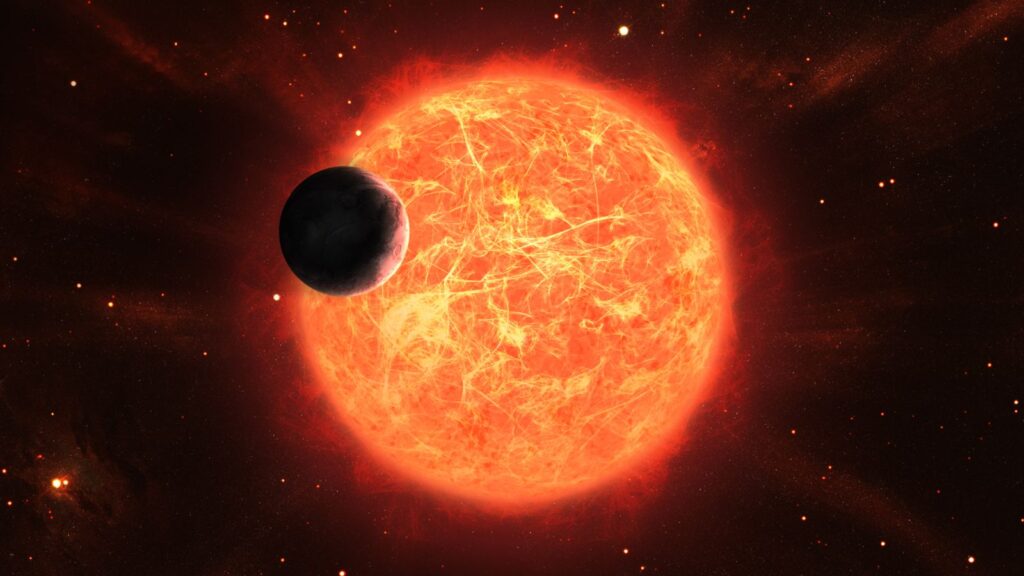Astronomers may have discovered the “most primitive” star ever seen, lurking near the edge of the Milky Way. This unusual alien sun may be a descendant of one of the universe’s first stars, but it is so metal-poor that it breaks a key rule of star formation.
All known stars are powered by nuclear fusion. Nuclear fusion forces atoms of lighter elements together under enormous pressure to fuse into heavier elements, releasing large amounts of energy in the process. The most common example of this is hydrogen, the most abundant element in stars, fusing into helium, the second most abundant element in stars. However, other fused elements such as carbon, oxygen, and iron are also found in the cores of stars. Iron is the most abundant metal in stars. Heavier metals such as gold, copper, and uranium are produced when dying stars explode in supernovae, and are also found inside most stars.
you may like
In a new study uploaded to preprint server arXiv on September 25, a group of researchers revealed the discovery of a new star named SDSS J0715-7334. This star has significantly lower metallicity than any star observed to date. The star was discovered using the Minesweeper program, which searches for stars in data collected by the European Space Agency’s now-retired Gaia space telescope.
The newly discovered star is a red giant with about 30 times the mass of the Sun, but the first spectrographs of its light show that it is almost twice as pure as the previous least metallic star and has more than a tenth of the metal content of the most iron-poor star ever observed. Researchers say both records are now preserved.

J0715-7334 is likely about 85,000 light-years from Earth, but researchers note that calculating its exact distance is currently difficult. In other words, it is located right inside the Milky Way. However, the star’s angular momentum suggests that it originated from the Large Magellanic Cloud, a dwarf galaxy containing about 30 billion stars that closely orbits the Milky Way, before falling into our galaxy.
What makes J0715-7334 particularly interesting is its low carbon concentration. Most other iron-poor stars have relatively high carbon fractions, which keep their overall metallicity high. (This is why the previous most iron-poor stars do not hold the record for lowest metallicity, because carbon counts toward metallicity even though it is not a metal.)
This extremely low metallicity indicates that J0715-7334 is a direct descendant of the first generation of stars that formed from the primordial cloud of hydrogen left after the Big Bang. This provides other researchers with an opportunity to look back at the very beginning of stellar evolution.

The new discovery could also help researchers understand how stars with almost no metals form, which is theoretically impossible.
J0715-7334 is now the second known star whose metallicity is below what researchers call the “microstructure cooling threshold.” This threshold indicates the minimum amount of heavy elements needed for a cloud of superhot gas to cool enough to start forming stars. This is because these elements release more energy, which in turn cools the surroundings. (This was not a problem for the first stars, because the temperature of primordial hydrogen was cooler when the first stars formed.)
The researchers believe that stars like J0715-7334 can still form thanks to cosmic dust (tiny pieces of dead stars and planets), which could further cool the gas.
Source link

